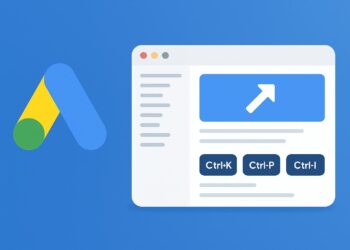Build true control groups with ghost bidding instead of PSA holdouts. Design clean experiments that isolate causal lift and avoid contamination.
What distinguishes ghost bidding from PSA holdouts in incrementality tests?
Ghost bidding marks would‑have‑won impressions to form control without serving ads
Ghost bidding serves charity PSAs to the control group
Ghost bidding disables all other media channels
Ghost bidding requires only open‑auction supply
Which capability makes ghost bidding feasible on a platform or DSP?
Owning the publisher ad server
Post‑auction logging to identify would‑have‑won events
First‑party purchase data for every user
Blocking competitors from the auction
Which risk can bias ghost‑bid lift toward zero if unmanaged?
Cross‑channel contamination of the control group
Excess frequency in treatment only
Cookie de‑duplication
Higher CTR on PSAs
In causal measurement, incremental lift is best defined as ______.
the MMM‑predicted sales delta
a change in CTR versus baseline
the difference in outcomes between exposed and a valid randomized control
a higher ROAS than last month
What’s a financial advantage of ghost bidding over PSA holdouts?
It guarantees positive lift
It works without auction data
It avoids paying for control impressions while preserving randomization
It removes the need for a control group
Which Google product offers a built‑in framework for randomized conversion lift?
MMM exports in GA4
Attribution reports with last‑click
Performance Planner forecasts
Google Ads Conversion Lift experiments
Which practice improves statistical power without p‑hacking?
Lower confidence after seeing results
Pre‑specify MDE, run to completion, and avoid optional stopping
Change control composition mid‑test
Peek daily and stop on significance
What’s true about billing in ghost‑bid designs?
Control CPMs are billed at a discount
Control users are served skippable PSAs
Control is charged only on viewable impressions
Control impressions aren’t bought; wins are recorded for eligibility
Before launch, what QA step helps validate a ghost‑bid setup?
Exclude all high‑value audiences
Set frequency caps only on control
Skip QA to avoid delays
Dry run to verify randomization and eligibility logs
Which outcome metric most directly answers whether ads created results that wouldn’t have happened otherwise?
CTR by line item
Incremental conversions versus control
Viewable impressions
Average CPM
Starter
Review ghost vs. PSA controls and the basics of power and contamination.
Solid
Tighten assignment QA and logging; confirm clean analysis windows.
Expert!
Your experiments cleanly separate causality from correlation at scale.









